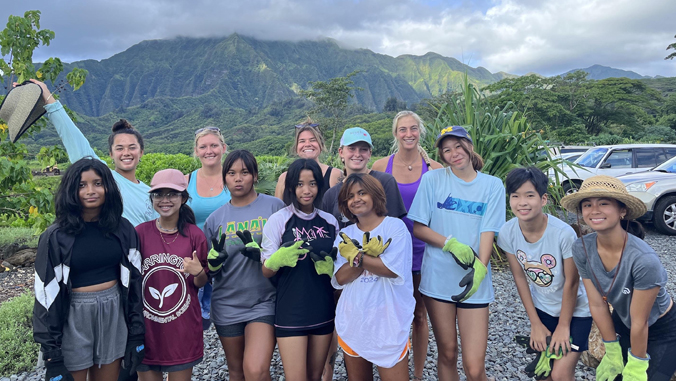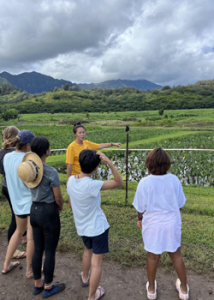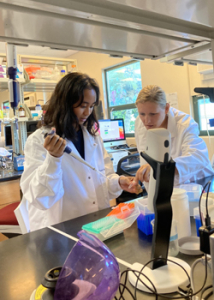
Ten female high school students from Kauaʻi, Lānaʻi and Oʻahu spent three days and two nights on Moku O Loʻe (Coconut Island) in October under the mentorship of female researchers, graduate students and staff at the Hawaiʻi Institute of Marine Biology (HIMB) at the University of Hawaiʻi at Mānoa. The free program was created to provide opportunities and support for female students who are interested in pursuing a career in science but may be discouraged due to financial or other obstacles.

The Marine Molecular Mentorship Program was led by HIMB’s Coral Resilience Lab (CRL) and hosted high school sophomores and juniors from Lānaʻi High School, Kauaʻi High School, Island School (Kauaʻi), Farrington High School, Kailua High School, University Laboratory School, Kamehameha and ʻIolani. Each day, the students explored a different topic in marine science and participated in hands-on research, field experiences and storytelling sessions with their mentors.
“This mentorship program has been the best experience in my life so far,” said one student. “I am so grateful for the kind and warm hospitality from the mentors, as well as having an environment to be myself surrounded by other amazing people interested in STEM. I will forever remember this experience.”
See it to be it
Eva Majerova, a researcher with CRL, was part of a similar program during her doctoral studies in Europe. She brought the idea to HIMB where she and Madeleine Sherman, CRL project manager, adapted it for Hawaiʻi students and facilities at HIMB in UH Mānoa’s School of Ocean and Earth Science and Technology (SOEST).

“The idea is to support female high school girls who are interested in pursuing a career in STEM but feel various obstacles in their life and are thus deliberating whether it is the right path for them,” said Majerova. “Young women can be discouraged about becoming scientists by their peers, by the lack of financial resources or a number of other factors. Although these problems are not unique for one gender, it is well documented that they affect women—and women from underrepresented groups, in particular—more than men.”
Authentic research experiences
During the program, the students visited several HIMB labs and participated in a variety of research-related experiences. They pipetted samples in a molecular lab that focuses on coral response to environmental stressors, fragmented corals, viewed live corals under a confocal microscope, examined reef structure complexity, snorkeled to experience the reefs up close while performing coral reef ecology surveys, and worked in a local wetland to incorporate the importance of mauka to makai (mountain to sea) connections.
“We saw increased confidence among the participants from just three intensive days here,” said Sherman. “We witnessed their ability to set their mind to a task they may not have thought was achievable and surprise themselves with their accomplishment. A few girls even mentioned this solidified their interest in marine science and were going to pursue it no matter what it takes.”
In addition to Majerova and Sherman, the following mentors participated in the program: Kuʻulei Rogers, principal investigator of the Coral Reef Ecology Lab; Marion Chapeau, lab manager, and Mollie Asbury, doctoral candidate in the Geometric Ecology Lab; research coordinator Shimi Rii and graduate students Casey Ching and Claire Atkins from Heʻeia NERR; and Kira Hughes, managing director of the CRL.
For more information, see SOEST’s website.
–By Marcie Grabowski

